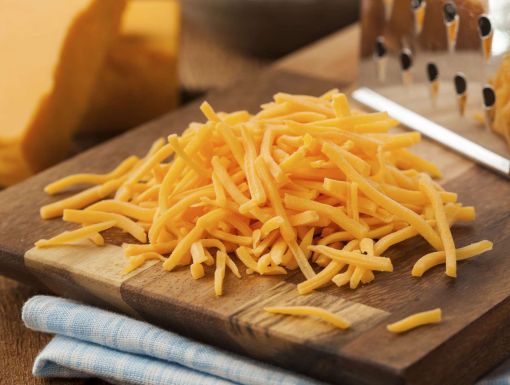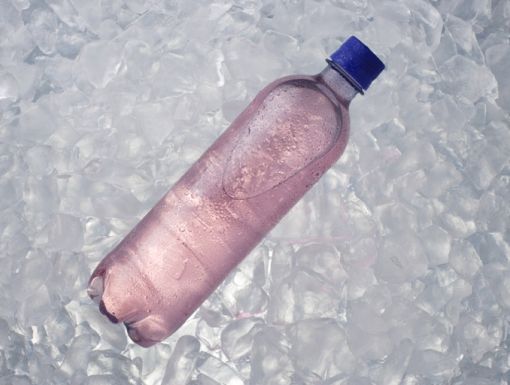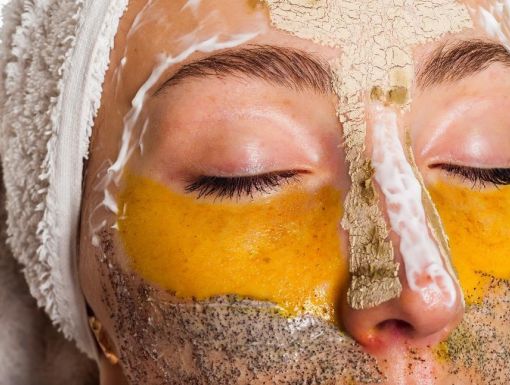
10 Gross Ingredients in Your Favorite Foods
Food and beverage companies may plaster their products with buzzwords such as “natural,” “GMO-free,” or “made with real (fill in the blank).” But what they often fail to mention are their use of strange, stomach-churning ingredients such as beetles and beaver secretions.
Read on to learn the most bizarre of the lot – a list that will certainly prompt you to check the ingredient labels of your favorite foods much more closely the next time you’re at the grocery store.
Castoreum
Collected from the secretions of a beaver’s anal gland, this ingredient is used by the furry creature to mark its territory and is also a flavor enhancer in foods like vanilla ice cream, yogurt and raspberry-flavored ice tea.
This FDA-approved substance is categorized under "natural flavoring," so you more than likely won’t even know when you’re eating it.
Sorbitol
This sugar alcohol is most commonly used as an artificial sweetener and food additive but has a laxative effect when consumed in large quantities.
Phosphoric Acid
The same ingredient that gives soft drinks their tangy flavor is also used to remove rust and power fuel cells.
L-Cysteine
Often used in dough conditioners, which soften commercially-produced bread products, L-Cysteine is an amino acid made from human hair and duck feathers. McDonald's uses the latter variety in its Honey Wheat Roll, Deluxe Warm Cinnamon Roll and Baked Apple Pie.
Gelatin
Added to a variety of yogurts, Jell-O products and confections such as gummy bears, fruit snacks and jelly babies, gelatin is about 50 percent boiled pig skin and 25 percent cow bones.
Carmine
It takes as many as 100,000 cochineal insects to make one kilogram of carmine, a red dye that is used throughout the world. The substance is included in just about anything that uses artificial red coloring, from raspberry yogurt and maraschino cherries to Starbucks’ Strawberry Frappuccino. Tasty!
Lanolin
This oily secretion found in sheep’s wool is an FDA-approved additive commonly used to soften chewing gum. The ingredient can also be found in cosmetics, sunscreen and various baby products.
Silicone Dioxide
Often used in the restaurant industry as an anti-caking agent for making chili, you may be more familiar with the common name of this substance: sand.
Cellulose
Cellulose – also known as sawdust – is an ingredient commonly used in shredded cheese to keep the product from clumping. Although it’s technically not harmful, as it passes through your GI tract unabsorbed, it is pretty gross.
Shellac
While many associate this shiny substance with fingernail polish, shellac is used in just about every candy with a shiny outer layer including jelly beans and candy corn.
Interestingly enough, shellac is not a sugar, but rather a resin secreted by an insect called Kerria lacca and is sometimes referred to as "confectioner's glaze" on product labels. Doesn’t that just bug you?!
Avoid the scary ingredients. Get tasty recipes and healthy eating tips via the Ochsner Eat Fit website.



